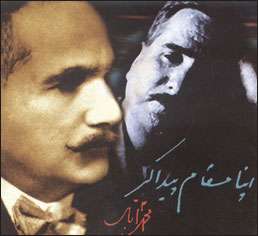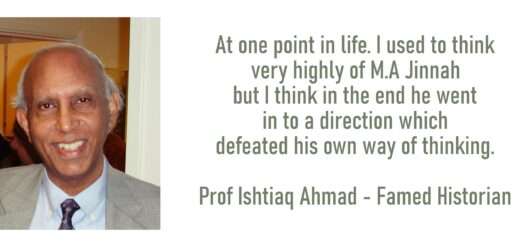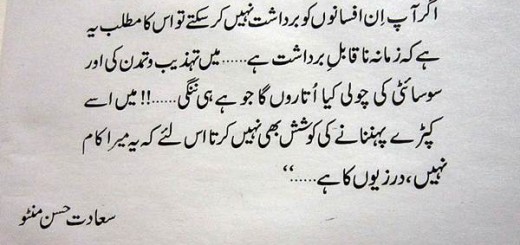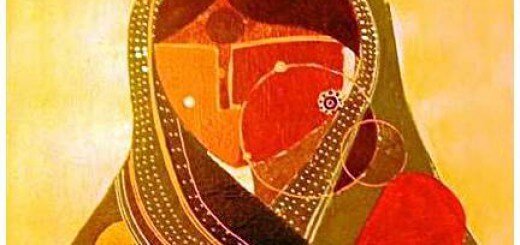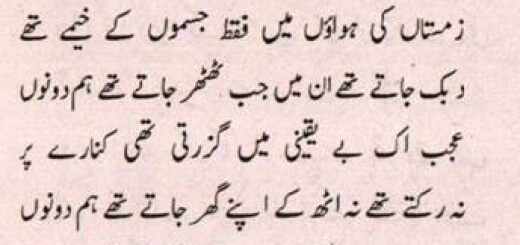Movie Review: Bandit Queen – By M. Srivastava
“There may never be a truth that is final, absolute or infallible. But the life of Phoolan Devi, as told by Kapur in Bandit Queen, is an apt metaphor for some of the most troubling and inescapable truth about India”.
The voices of human rights and feminism at The Hague seem light years behind. The murmurs of social equality at New Delhi appear to be from a distant land. These are the ravines in interior Madhya Pradesh where several cults of dacoits are an important element of the folklore. This is the Bandit Queen’s country, not far away from where I grew up and witnessed the phenomenon of social change amidst stagnation and inertia.
A song is rising in the backdrop. Village women are praying for water. A rich land- owner is driving a tractor in the vicinity too. Bandit Queen, who? Each one has heard of Phoolan Devi, indeed. Some heads rise in fear, some in awe but no one in indifference. Phoolan Devi Phenomenon has left an indelible mark on the canvas of rural, north India.
Shall we ever understand why a teenage girl took to guns? Shall we ever understand why a woman, so violent, got so much support and protection in rural India and made it to Parliament? Shall we ever unravel the mystique of power of illiterate, landless masses in bringing about so profound a change?
The Day of Judgment arrived rather too soon, almost prematurely though, for the much talked about Indian film ’ Bandit Queen’. The social kaleidoscope portrayed on celluloid spilt so much bad blood in the media even before it lit the silver screen that every world churned out by the film critics was consumed with unmitigated passion by Indians, an almost unprecedented phenomenon in India. Yet, ’Bandit Queen’ sketched out a new streak in Indian cinema firing the creative imagination of others and setting several new trends.
Although flouted by feminists and film critics alike for its vulgarity, nudity, crudity, chilling violence and twisting of the truth, the film marked a watershed in bringing out from the cultural closet the absurdities and excesses of Indian Caste system, exploitation of women both within the hallowed precincts of family as well as the Zamindar (landlord) dominated rural structure and impotency of the legal system in dealing with these issues and deceitful complicity of cultural system in abetting it.
’Bandit Queen’ was indeed one of the rare Indian films that triggered off a debated cutting across the artistic, cultural, political and feminist spaces encompassing as diverse issues as nudity in cinema to backward class uprising, emancipation of women to resilience of the Indian democracy and the West’s cultural hegemony to structural re-alignment in Indian Society.
An attempt is being made in this paper to present a kaleidoscope of the issues raised about this film and synthesize them to present a larger picture. Is ’Bandit Queen’ simply a gory tale of sex and violence in a feudal society caught in the time wrap or a symbolic depiction of the ongoing class struggle of backward castes in India to capture political power? Does the film portray turbulence of a society unable to come to terms with the new political realities or resilience of Indian democratic polity in absorbing violent aberrations of protest from its neglected sections and re-adjusting itself to accommodate them so as to emerge stronger? How far can the film-makers go in depicting sex and violence both in the name of creative freedom or responding to mass appeal? How relevant or otherwise has been the role of art films vs. commercial in general and ’Bandit Queen’ in particular in shaping liberal values in India? Is the Western stereotype being imposed on the cultural domain of other societies through films like ’Bandit Queen’ or is it a phenomenon even the western societies have to contend and fight with? Has the film only used Phoolan’s story to depict sex or made an attempt to put forward the feminist issues of ’silent majority of rural women’ on the social agenda? And finally; Is the film worthy of a distinct place in the Chaotic celluloid cultural space of India?
Thematically, ’Bandit Queen’ was occupying no different narrative space than used by several other film makers belonging to the popular cinema. Such box-office hits as ’Mujehe Jeene Do; ’Reshma Aur Shera’; ’Mera Gaon – Mera Desh’ and countless other films had brought to silver screen the social injustice perpetrated on landless, low caste rural poor forcing them to become outlaws to seek revenge and justice. What set ’Bandit Queen’ apart is the form of creative expression employed and ’no holds barred’ depiction of reality that the popular film makers had earlier conveniently hedged. The sensitivity to the human exploitation issues portrayed in ’Bandit Queen’ was so transparently powerful that it could not be ejected out of the viewers’ mind as in the case of mainstream formula films.
“The high cinema in India has never been particularly sensitive to the growing threats to life styles, life-support systems and non modern cognitive orders, or for that matter to the values of those in the ’survival sector’ of the society – a sector not primarily concerned with the goal of a good life (as it is defined by Modern India) but with mere survival and the protection of whatever little the survivor has by way of access to the global commons, traditional technologies, knowledge of health care, and community self-sufficiency outside the monetized sector of the economy. The feelings, attitudes and values associated with the survival sector are the ones that the commercial cinema consciously or unconsciously exploits but in the process also unwittingly supports, even if only partially and even while mouthing the slogans of the dominant culture of politics. Commercial cinema romanticizes and, given half a chance, vulgarizes the problems of the survival sector, but it never rejects as childish or primitive the categories or world views of those trying to survive the processes victimization let loose by modern institutions”. (Nandy, 1995; 203)
“Bandit Queen” set a different agenda for itself right from the beginning by a stark baseline of the film – “This is a true story of Phoolan Devi” unlike the popular mainstream cinema which never claimed to present the truth but focused on entertainment as the key deliverable. Suddenly the spotlight shifted to truth obscuring from public view the cinematic quality, social relevance and cultural dimensions of the film. But the truth as they say changes, and with every narration, it changes drastically. The most glamorized leader of lawless bandits, Phoolan devi, who’s travails of violent life and struggles the film claimed to portray, herself debunked the film as a canvas of lies, distortions and vulgarity. Intellectuals, feminists, media and critics forced the judiciary to step in and demanded for an expurgated version. (As told by Phoolan Devi to India Today, October 1994).



